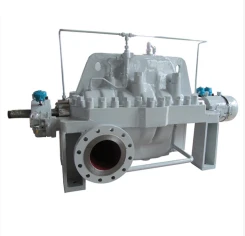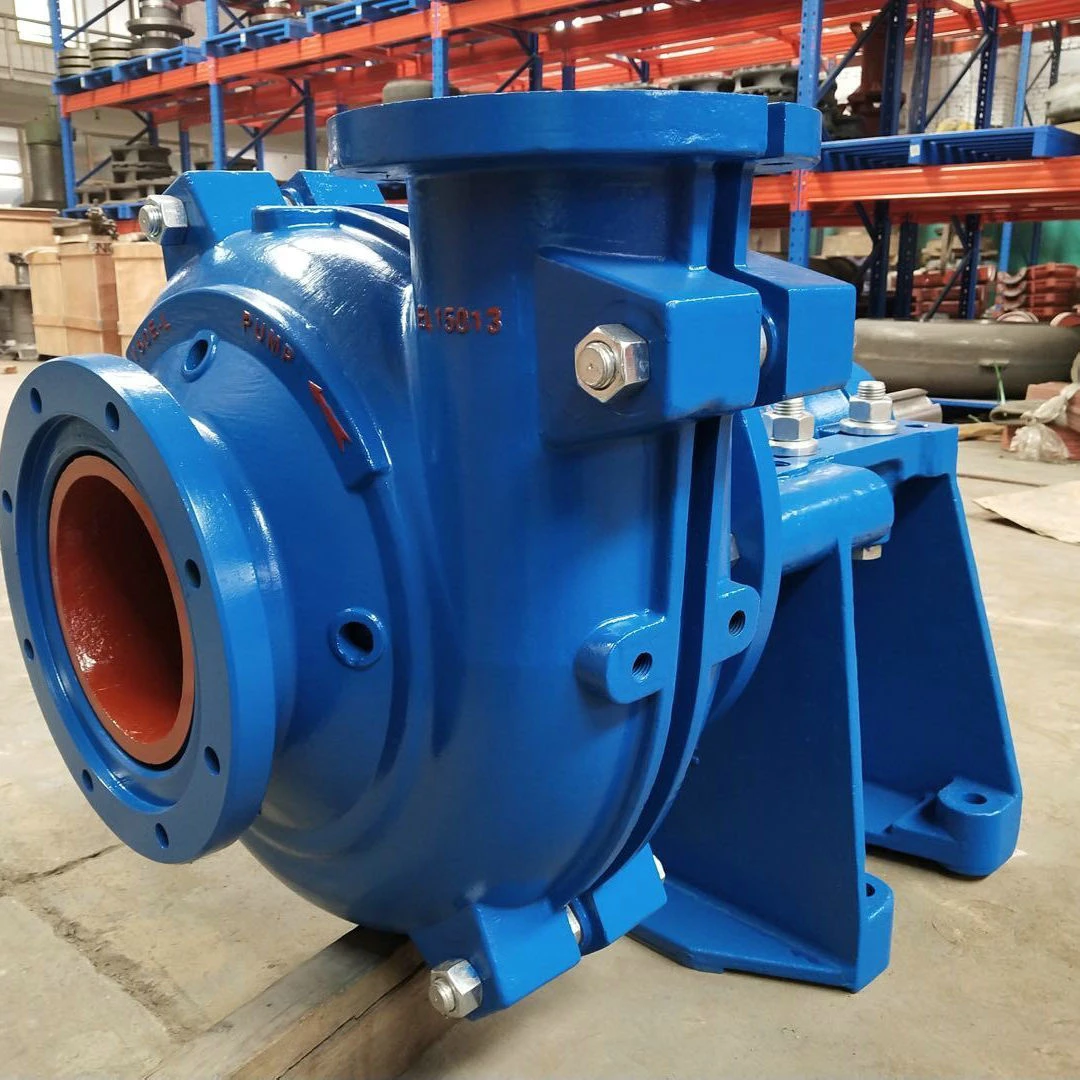04 July 2025

(oem slurry pump)
In the industrial sector, oem slurry pump
s play a pivotal role in transporting abrasive and high-density slurries. As process industries continue to expand, the demand for reliable and efficient fluid handling escalates. According to a 2023 industry report, the global slurry pump market is projected to exceed $1.75 billion by 2028, registering a compound annual growth rate (CAGR) of 5.8%. These pumps find applications in mining, metallurgy, chemical processing, and power generation, where precision-engineered solutions are essential for productivity. Operators require not only high levels of durability but also low downtime and operational flexibility, further propelling OEM adoption.
The technical superiority of OEM medium head heavy duty slurry pumps lies in their ability to move challenging materials while maintaining prolonged service life. Key metrics such as flow rate, head, efficiency, and wear resistance drive purchasing decisions. Recent data highlights that modern OEM slurry pump models offer efficiencies up to 92%, outperforming earlier generations by 15-20%. Advanced metallurgy, including high-chromium alloys and elastomer linings, dramatically boosts wear resistance. Additionally, custom impeller design, optimized clearances, and modular construction help lower maintenance time by up to 40%, as reported in a 2022 white paper. These improvements cater directly to the challenges posed by abrasive slurries in large-scale projects.
Choosing an OEM heavy duty slurry pump involves evaluating multiple manufacturers for their technical enhancements, after-sales support, and value-added features. The following table summarizes key specifications and differentiators for three leading suppliers, based on third-party evaluation data:
| Manufacturer | Max Flow Rate (m³/h) | Max Head (m) | Efficiency (%) | Impeller Material | Lead Time (weeks) | Warranty (years) |
|---|---|---|---|---|---|---|
| Brand A | 1600 | 130 | 91 | Hi-Chrome Alloy | 10 | 2 |
| Brand B | 1450 | 120 | 89 | Natural Rubber | 14 | 1.5 |
| Brand C | 1750 | 140 | 92 | Duplex Stainless | 12 | 2.5 |
As observed, Brand C leads in both maximum output and efficiency, reflecting the premium paid for advanced metallurgy and extended warranties, while Brand A balances performance with shorter lead times.
Off-the-shelf slurry pumps often fall short of specialized industry requirements. OEMs distinguish themselves by offering extensive customization, particularly for medium head and heavy duty scenarios. Clients can specify throat bush material, impeller size, sealing mechanisms (mechanical, expeller, or gland packing), and even tailor hydraulic profiles for unique rheology. Custom solutions, tailored to solid concentration, temperature, and particle size, directly impact operational reliability. For example, an OEM-developed split-case design with wear-resistant liners extends mean time between overhaul (MTBO) from the industry average of 18 months to over 30 months in continuous mining operations. This flexibility not only enhances plant uptime but also future-proofs equipment against raw material variability and changing operational targets.
The true value of an OEM heavy duty slurry pump is best illustrated through application stories. In a copper mine in Central Asia, adopting a custom medium head pump reduced annual downtime by 120 hours, resulting in an additional 18,000 tons of ore processed per year. Similarly, a European chemical processor employing elastomer-lined OEM pumps for abrasive sodium carbonate slurries saw maintenance costs decrease by 23% compared to legacy cast-iron units. In the dredging sector, dual-pump OEM setups enabled continuous operations at flow rates exceeding 1400 m³/h, maintaining system pressure over 115 meters with zero catastrophic failures over 24 months of deployment. These outcomes underline not only technical feasibility but also measurable improvements to production economics and safety profiles in the field.
Proper deployment strategies and scheduled maintenance are central to extracting the maximum lifecycle value from OEM slurry pumps. The latest asset management software can predict wear patterns, enabling preemptive impeller and liner replacements before critical thresholds are reached. In large mineral processing plants, predictive maintenance programs have slashed unplanned outages by 38%, translating to millions in annual savings. Operator training and the use of genuine OEM spare parts extend equipment reliability, while remote monitoring and diagnostics now allow real-time data feedback into centralized control systems for ongoing optimization. Choosing the right OEM partner facilitates access to technical documentation, rapid onsite interventions, and continuous improvement loops essential for mission-critical applications.
In summary, choosing an oem slurry pump offers compelling advantages for industries managing abrasive, high-density slurries under demanding conditions. Enhanced technical features, robust customization, strong manufacturer support, and field-proven reliability make these pumps a vital investment in operational effectiveness. Backed by extensive data and real-world success stories, the case for adopting modern OEM solutions is more persuasive than ever—delivering sustained performance and measurable returns across sectors.

(oem slurry pump)
This is the first article